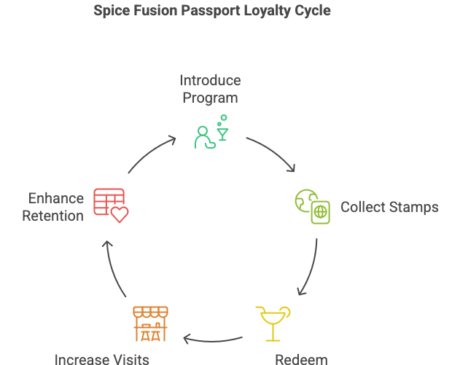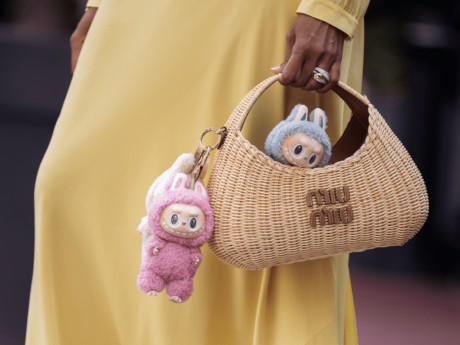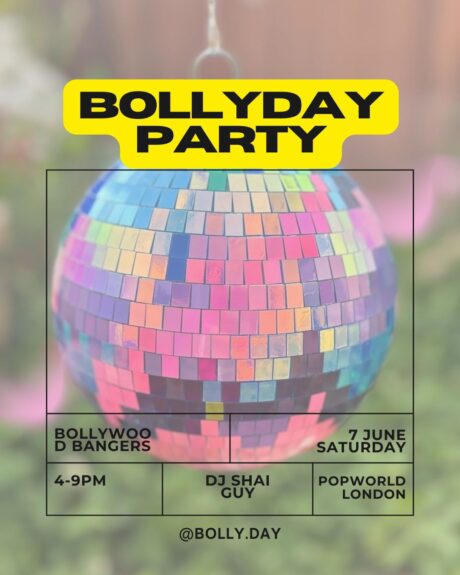2025 Met Gala Trends Every Marketing Consultant Should Be Watching Right Now

Hola Sugarcups,
Today, I was on a Zoom call with a fashion-tech startup, reviewing a pitch deck for a major retail collaboration. As we wrapped up, the team leader messaged: “Pause everything. Diljit just shut down the Met Gala.” I switched tabs and there he was – Diljit Dosanjh in ivory, wrapped in legacy, symbolism, and surgical styling. This wasn’t just red carpet glam; it was brand architecture at its finest. Every detail, from his turban to his ceremonial sword, told a story that no campaign copy could match. And as a consultant who helps brands position themselves through partnerships, collaborations, and cultural relevance, I immediately saw what this year’s Met Gala offered: a fresh take for 2025 brand and marketing strategy. Let me break down the 10 key trends and what they mean for you:
10 Trend Breakdown: 2025 Met Gala Lessons for Brand Growth
1. Cultural Storytelling = Competitive Differentiation
When stars used their looks to tell cultural stories, they weren’t just being expressive, but they were differentiating. I strongly believe brands should follow suit. Collaborate with creators and designers who bring heritage and authenticity to the table. These aren’t PR stunts; they’re long-term value plays.
For marketers: This is your chance to invest in storytelling frameworks that connect heritage with modern aspirations. Use storytelling not as garnish, but as a core brand pillar.
2. Personalization is the New Premium
The “tailored for you” code at the Gala reflected a deeper truth: mass marketing is dead. Customization is how consumers feel seen. For me, this means I’d suggest my clients to go ahead and engage in co-creating collections, limited drops, and localizing your strategy to niche communities.
For marketers: Dig into your data. Segment audiences by interest, culture, and behavior—not just age and geography.
3. Inclusion is a Growth Strategy, Not a Hashtag
Spotlighting Black fashion and queer voices wasn’t tokenism, but it was legacy-building. Partnering with underrepresented creatives brings authenticity, freshness, and most importantly, access to new markets.
For marketers: Bake inclusion into the earliest stages of campaign and product development. It’s not an add-on; it’s a strategic lens.
4. Modern Nostalgia is Market Gold
The 2025 Met Gala proved you can merge history and innovation. Just like a classic silhouette with Afro-futurist flair or traditional embroidery in a tech-wear cut. Brands that bridge the past and future win hearts—and headlines.
For marketers: Collaborate with talent who can translate cultural memory into modern relevance.
5. Celebrity Partnerships Need Cultural Credibility
When Diljit wore Prabal Gurung, it wasn’t just fashion, but it was a shared cultural language. That’s what makes partnerships sticky. Choose ambassadors not just for reach, but for relevance to the story you’re telling.
For marketers: Re-assess your influencer matrix. Are your current partners truly aligned with your brand’s evolving values?
6. Purpose Drives PR, but Values Sustain Loyalty
Themes of resistance, reclamation, and pride were not side-notes, more than ever, they were the main story. Brands that stand for something (and actually follow through) will attract not just attention, but long-term trust.
For marketers: Audit your brand values. Where do you take a stand? Where are you silent?
7. Experiential Marketing Is the New Content Strategy
The 2025 Met Gala was an event and an immersive storytelling platform. Brands now need to think beyond campaigns and into experiences, pop-ups, collabs, and digital storytelling formats like AR or immersive live drops.
For marketers: Shift your campaign planning from ad-first to experience-first. Let the content follow the experience.
8. Let Influencers Tell Their Own Story
At this year’s Gala, the most impactful moments came from stars interpreting the theme in ways that reflected their identity. Brands should give creators space to shape their own narrative in collabs, and not hand them a script.
For marketers: Give your partners creative freedom. The tighter your grip, the more generic the output.
9. Sustainability is Cultural, Not Just Environmental
While sustainability wasn’t loudly marketed, it was quietly embedded in the use of craftsmanship, heritage textiles, and slow fashion values. Brand partnerships that emphasize legacy, handwork, and circularity are gaining favor.
For marketers: Integrate sustainability into your sourcing and design collabs—then tell that story authentically, without the greenwashing.
10. Real-Time Cultural Marketing = Maximum Impact
Social media buzz exploded within minutes of the 2025 Met Gala. Brands that tied in commentary, reactive content, or influencer amplification saw instant engagement spikes. This is what moment marketing is made for.
For marketers: Prepare your team with toolkits for live engagement around big cultural events. Don’t wait for the recap.

My Insights
The 2025 Met Gala serves as an effective storytelling and brand alignment strategy. Here are key takeaways:
- Authenticity Resonates: Audiences connect with genuine narratives that honor cultural heritage and personal identity.
- Visual Storytelling: Fashion serves as a powerful medium for conveying complex stories and values.
- Engagement is Key: Pre-event teasers and real-time social media engagement amplify reach and impact.
- Inclusivity Matters: Celebrating diverse voices and stories enriches brand narratives and fosters deeper connections.
And look, you don’t have to be sitting front row at the 2025 Met Gala, or even working in fashion, to feel the ripple effects of nights like this. Whether you were doom-scrolling from your flat, tweeting hot takes from the Central line, or just casually debating Doja’s look over brunch at a fancy Notting Hill spot. The 2025 Met Gala has reminded us that style is strategy, and self-expression is the real luxury. It is pop culture in motion, and a reminder that fashion is still one of the fastest ways we express identity, status, and cultural alignment.
As a marketing consultant and partnerships strategist based in London, I see these moments not just as entertainment, but as strategic cues. They tell me what people care about, who they trust, and how brands can show up in ways that feel meaningful, not manufactured. So whether you’re building a brand, pitching a campaign, or just figuring out your personal style this spring, there’s something to learn from the 2025 Met Gala. The drama may last one night, but the influence? That lingers way past the Uber ride home, no?
Until next post
Love,
Jasmin










